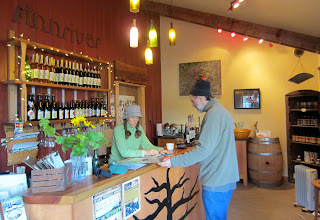Permaculture could be described as a design philosophy that
mimics nature in using the inter-relationships of many parts to create whole
systems. A way of creating harmony and balance in the relationship between
human beings and our environment. Perhaps a way of designing our way out of the Peak
Everything crisis we designed our way into.
These notes from Toby Hemenway’s permaculture class,
sponsored by Seattle Tilth, serve as aphorisms and practices that could be applied to gardening, to art-making, to teaching, and
to many other disciplines.
While the Problems Remain Complex, the Solutions are
Remarkably Simple.
We are creating models of creative regenerative systems…
Whatever the problem is, life has run into it before…
Add organic matter!
We make sacred the things that nourish us.












